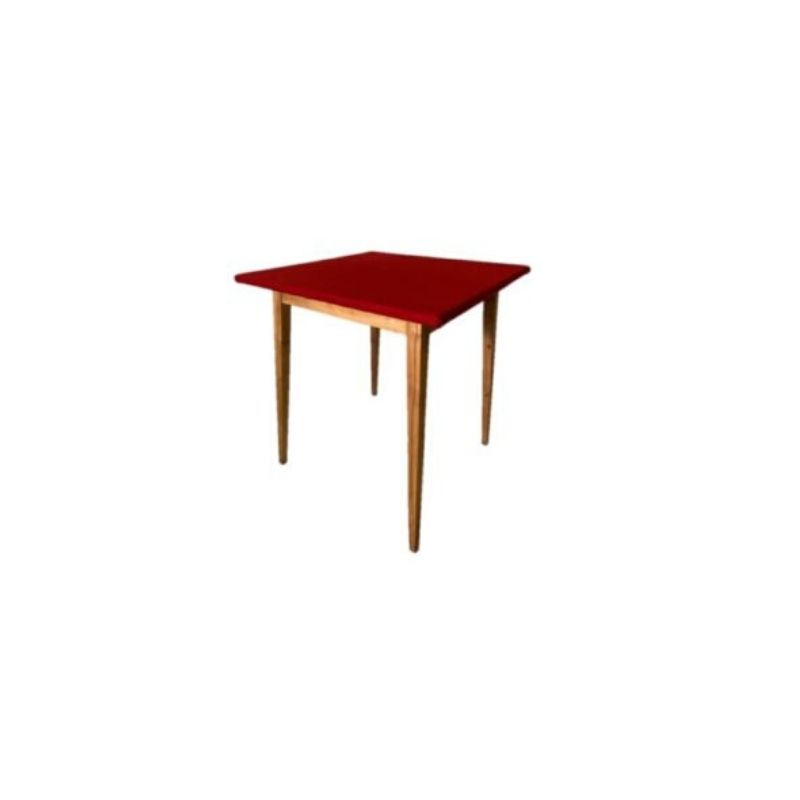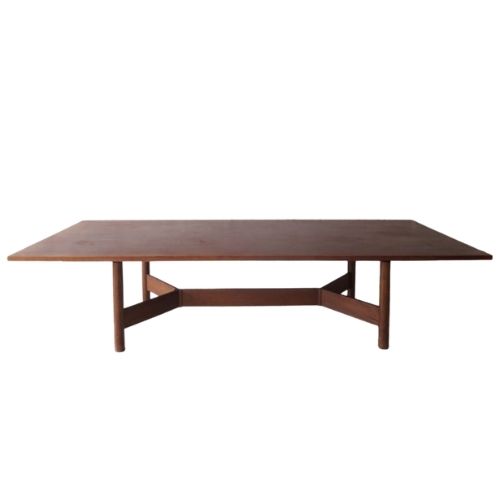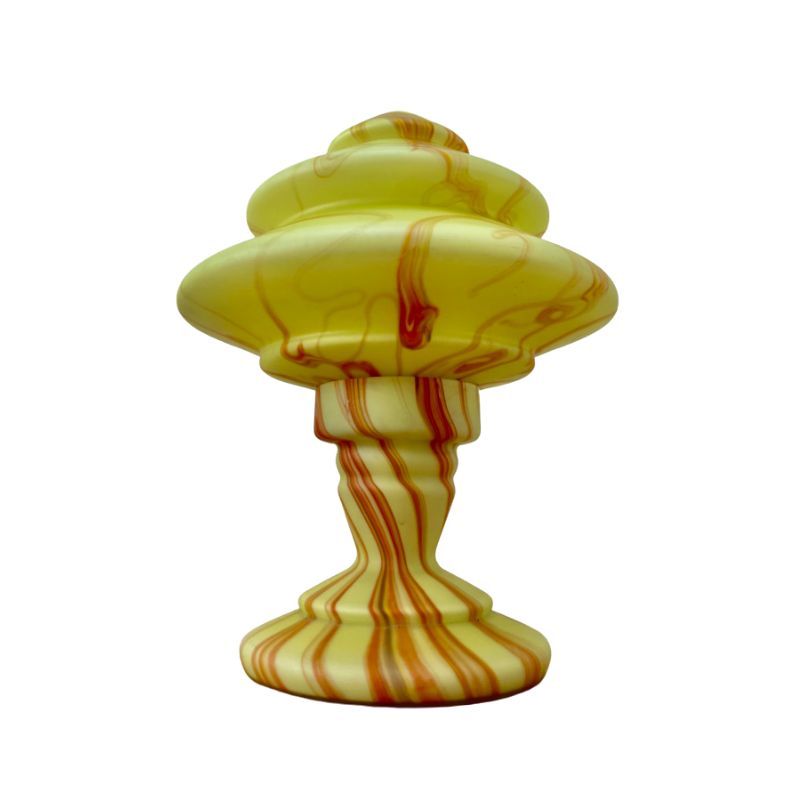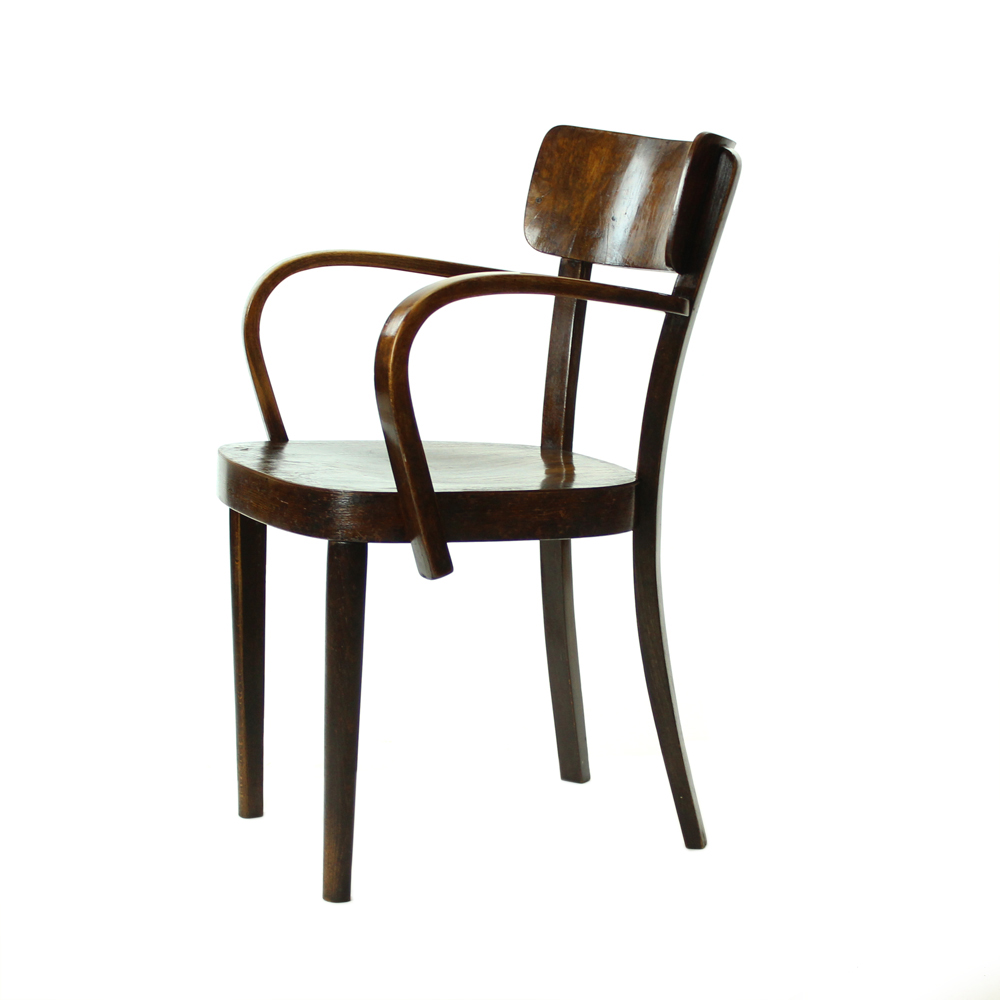I, like many others out their, am trying to make more environmentally conscious decisions. I am contemplating exchanging all of my light bulbs with compact flourescents, but generally dislike the light they cast. Does anyone have any recomendations for CFL bulbs that cast off a more pleasurable light. I am currently using GE Reveal bulbs. Also, any bulb I select has to work with dimmer swithces. Thoughts?
Oooooo, light bulbs and going green...part one
Ok Brandon, pour your favorite libation and read on...
First, warm and cool light is a function of the gas and or metal filament used in the bulbs. Sadly, fluorescent light is very blue and rather harsh/cold. Most incandescent filament bulbs use tungsten and that's got a warm tone as the filament actually generates as more heat than it does light. The word 'incandescence' actually means light produced from heat generation. GE Reveal bulbs kind of combine both concepts. GE put a blue coating on the glass but it's still a tungsten filament. So the warm incandescent filament is tempered by the cool blue coating producing an overall effect of a whiter, more 'sun-like' light. But don't be fooled GE Reveal bulbs are not more efficient on energy usage than standard incandescents.
CFLs are much more efficient on energy usage but the light is
'flatter' and cooler in tone and most people don't like that. The wonderful Ingo Maurer said that CFL light was 'dead' and it does kind of make people look that way. That's because people come in warm tones we don't reflect the cool light very flateringly and tend to look sickly and washed out under fluorescent light. Pleople also complain that CFLs are slow to reach full intensity and that they flicker. That second problem has been largely dealt with. CFLs used to oscillate along with AC power at 60Hz, but most bulbs have a capacitor in them to stop that happening now-a-days. But the time to full intensity is still an issue.
So what's a design conscious, green-thinking DA'er to do? Here's my professional suggestions;-)
Green Light...part two
1. Use CFLs for lights that will be on for long periods of time.
2. Use low wattage incandescents for lights that will be turned off and on frequently. It's a fallacy that the on/off cycle creates a power surge.
3. If the color of the CFL is causing a problem for you consider changing the lamp or lamp shade to one that has a warm tone to do the 'GE Reveal' concept. I've done that using IKEA paper lamps and the yellowish rice paper works very well to temper the CFL. Oh and IKEA's CFLs are great. They are OEM'd from Osram according to another DA-er, Gerrit.be I think it was. The thing I like about them is that they have a 'normal' bulb shape.
4. remember your father/mother yelling at you to turn off the @#%*&% light/stereo/computer? Do it! The more you turn off the more you'll save.
5. Try to turn off anything that has a time/clock/LED on it. Anything that glows when the appliance is supposedly 'off' is using power. Things like DVD players, battery chargers, transformers. If you're not using it unplug it. In the renewable energy trade these devices are called 'vampires' cuz they are sapping power when you're not looking.
6. Go buy a switched power strip with multiple outlets. Plug all of your charger doohickeys in it. Cell phone, iPOD, bluetooth headset, electric razor etc. Turn the power strip on only when you need to charge something and try to charge several things at a time. Then turn off the strip. Now all those 'vampire' chargers are truly off and not sucking power.
7. Don't run out and buy LEB bulbs yet, the technology is not really consumer friendly yet. They're expensive and the overall intensity is low since LED spotlight instead of broadcast it. One exception is some of the small task/desk lamps that use multiple LEDs grouped in a row. tey are pricey too, though.
OK, that's all I can think of for now.
LEDS are the future
Olive
I just wrote a feature story for a Sydney newspaper about lighting, and everyone I interviewed has said that LEDs are the way of the future. In fact within 5 years, all domestic lighting will be LED. One interviewee told me that it will be the biggest technological revolution since the PC. Apparently LEDs use something like 70% less energy, last for 60,000 hours and the newest versions will be just as bright as a conventional bulb
CFLs now come in different...
CFLs now come in different color temperatures (measured in degrees Kelvin); the local Home Depot has them in 2700, 3500, and 5500 degree. The 5500 is "bluish" and the 2700 is closest to an incandescent bulb and in many fixtures I do not find it objectionable at all.
A neat link
A neat link from Apartment Therapy about LED lighbulbs.
http://www.apartmenttherapy.com/ny/green-ideas/9watt-led-bulbs-021564
Olive and subsequent contributors...
...said it all, but I still feel like adding my two cents. There i a small mistake in Olive's description of fluorescents. It is not the gaz that has any effect on the colour of the light, in fact the electrical discharge that makes the gaz molecules mouve does not even create a glow. It is the coating on the inside of the glass that transforms this energy in visible light and influences the colour of the light. Another detail that might be interesting to know is that much of the "flatness" of the fluorescent is due to the size (length) of the tube. It reduces the contrast in shadow and makes the transition between light and shadow less visible. The testing that our office did on this by comparing the same coatings on linear (straight tubes) versus compacts (winded configurations to fit into the space of incandescent bulbs) showed that almost all people find the light of the compact "warmer". In other words a shorter transition between light ands shadow is seen as warmer whereas the elimitation of shadows is seen as cooler.
When I see life time statements on light sources I always wonder hoe reliable they are. When we started to look into designs for led fictures a decade or so ago, the technical support people where convinced that the life time was well over 60.000 hrs. When I pointed out that this was around 6 years uninterupted use, and asked how this was possible for something that was labeled as "the latest development" or "new and improuved" depending on the targeted market (the first for professionals, the latter for consumers)they did not have an answer...
A last word on designing around the light source. As Olive points out, the shade or the shape of the fixture has a influence on the colour of the light. The danish designer Poul Henningsen was a master in this and coloured his shades in function of the colour he wanted the ficture to emit. It is one of this unfortunate consequences of the sometimes legitimate criticism on functionalism that concerns like these have been pushed aside in favour of (often stupid) formalism.
This being said Olive's advise should be framed and put in every home!!
As to the 9 watt LED bulbs....
The high cost (around $80) is largely the result of trying to fit it in the profile of a incandescent light with an Edison socket. The assembly of a number of circuit boards, the use of a standard glass cover (where acrylic would be both adequate and less light absorbing) etc. shows that the product is still in it's infancy. The reason for this kind of "handy-craft" solutions is not only the compatibility with existing light fixtures, but also the fact that more advanced light sources are...just around the corner.
This is all very good informa...
This is all very good information. I want to ask Koen, Olive, etc., further about the effect of shading. I had noticed, being able to look at a few homes built in the 60s and 70s here by a progressive local architect, that in his use of lengthy tube fluorescents, he always recessed them within a fairly deep mahogony enclosure, almost a trademark of his lighting, which I initially thought of as more of an aesthetic consideration. But reading this discussion, I got to thinking there was probably an equal or greater consideration in using this enclosure system that had to do with a more pleasing casting of this particular type of light, especially with regard to the kind of fluorescent options available forty years ago. There was also, I suppose, a noise consideration with the annoying hum that accompanies those early ballasts, that technology has all but eliminated.
Also, want to say that I saw...
Also, want to say that I saw the post prior regarding dimmable CFLs, which confirms this issue as I also understood it. Dimmable CFLs are available now, but they will not (won't?) have the same range of illumination as incandescents - someone please correct me here if this is wrong. I have also seen on some packaging of regular CFLs, if I recall correctly, electrical warnings against using them at all within a dimmable circuit.
Dear Hudsonhonu
It seems difficult to reconstruct the intentions of the architect you are mentioning but generally speaking there are a number of reasons to do what he has done. The first one is the one you outlined already, the second is that many archtects feel unconfortable with the lighting fictures that are offered to them on the market. the main reason is that we seem to have a common problem between architects and designers. We seem to have difficulties in covering the "space" between us. It is not unlike some public seating where we obviously have the same problem. Architects find it difficult to find well designed lighting fixtures(and seating) that is monumental enough to be used in larger spaces. I suspect that the main reason is that designers threat fixtures as "products" and not as a component of architectural space. Designers of course find it sometimes exasperating to see how little attention is paid by architects to the efficiency of the lighting, the proper manufacturing, the ergonomics...you name it, always resulting in rather expensive and energy consuming custom made fixtures. A number of these "architect" fixtures are subsequently put into production simply because their simplicity in form (but costly in production) suits space better than "products" that claim to much attention. Hiding the fixture is often the first step in making it highly energy consuming. We have a nice example of this particular problem here in the Montreal "metro" or underground public transportation system. Every station is designed by a different architect (none of them is remarquable architecture by the way) and except for one(that I know of) the benches are all designed by the architect of the building or under his or her close supervision. None of the benches offers any confort, but most of them fit quite well in the architectural environment for which they are designed. In my irritation about the lack of confort, the blatent ergonomic mistakes etc. I tried to find a well "designed" bench that would offer that confort. Although you would be able to find a few, none of them is suitable for that kind of space so...obviously the architect choses to do it himself taking the obvious point of view that metro benches are not something you have to sit on for a long time so....Of course they would be equally upset if the designer would argue that...m=etro stations are places you go through in a hurry so why pay attention to architecture....
I think that there is a whole field there that is worth exploring.
As far as dimming is concerned, yes there is a minimum with fluorescents, but electronic balasts give you not only a "noise free" balast but also a dimmable. Dimming an incandescent has of course the disadvantage that you can not dim and keep the same light colour. The lower you go, the warmer the light.
More thoughts on light bulbs
Koen, you I did know that it was the coating,but some how my explanation came out wrong. Anyway I wanted to comment more on a few points.
Stephen, LED wonderful-ness has yet to be proven in my book and I stick to my guns on the point of their not being consumer-friendly yet. As noted above they are pricey, and in my experience don't give a good quality of light or ligh intensity. The ones my company sells from Phocos and Steca are loaded with LEDs but the over all light is bland, dull and seems not to travel well. I could get into a discussion of the intensity of light wavelengths and color etc, but that would overload the forum for sure. I'm not saying that LED don't have promising future but what I am saying is that right now options are few, expensive and not up to snuff.
I also realize I never mentioned Halogen or Xenon lights. These work with a filament that excites the electrons of the gas. They are more efficient than a typical incandescent, but not a good as a fluorescent. However they produce a nice bright task light and are great for use in work areas like kitchens. Some types are dimmable with halogen being warmer toned and xenon cooler. Watch out for transformers, though. These bulbs usually use them and transformers are power vampires!
Thanks for the update on tonal CFls I'd heard ofthe dimmable ones but not the toned ones. that's goot to know!
If you need any help, please contact us at – info@designaddict.com









